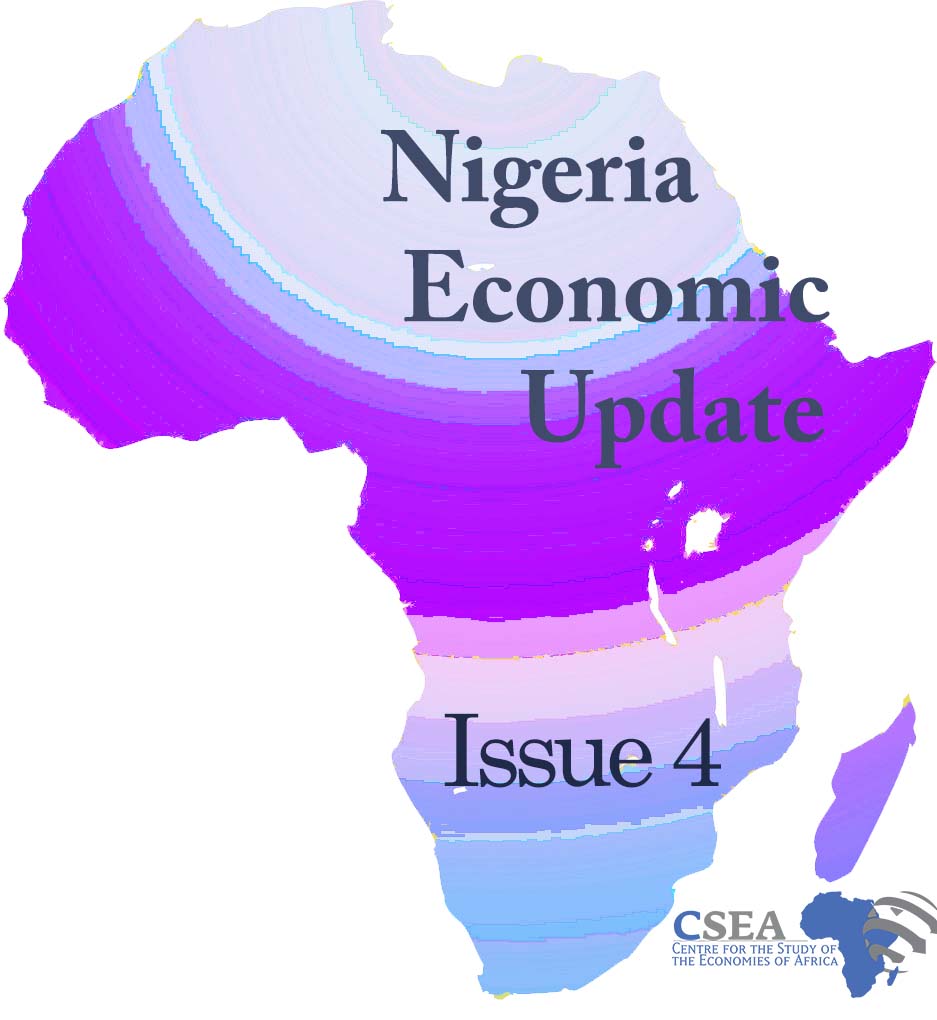The monetary policy committee provided policy parameters at the first meeting for the 2019 fiscal year, held on 21st and 22nd January, 20191. As presumed, all parameters were left unchanged at their current levels: MPR at 14 percent, CRR at 22.5 percent, liquidity ratio at 30 percent, and asymmetric corridor of +200/-500 basis points around the MPR. This is the 14th consecutive time the MPC will retain all parameters, and the apex bank is justifying its stance by insisting that the economy has remained on a noteworthy track based on prevailing positive macroeconomic performances2. The committee’s optimistic outlook is likely hinged on, among other laudable achievements, the acclaimed return of foreign investors’ confidence and convergence of the foreign exchange market – the CBN has relentlessly upheld the value of the Naira despite perceptions of election risks on exchange rates. In the coming months, changes in monetary policy parameters will, however, depend on the macroeconomic performance after the elections as well as the objective to hit the CBN’s inflation target of 6 to 9 percent.
Macroeconomic Report & Economic Updates

February 12, 2019
Nigeria Economic Update (Issue 4)
The monetary policy committee provided policy parameters at the first meeting for the 2019 fiscal year, held on 21st and 22nd January, 20191. As presumed, all parameters were left unchanged at their current levels: MPR at 14 percent, CRR at 22.5 percent, liquidity ratio at 30 percent, and asymmetric corridor of +200/-500 basis points around […]
Read →
Related
Nigeria Economic Update (Issue 23)
Recent Data on Nigerias Real GDP growth rate (Year-on-Year)
declined by 2.47 percentage points, from 2.11 per cent in 2015Q4 to -0.36
percent in 2016Q11. This is the lowest GDP growth rate since 2004Q2
(-0.81 percent). The Oil sector continued to contract, as -1.89 percent growth
was recorded in 2016Q1. The negative growth witnessed in the oil sector was
likely driven by the fall in global oil prices by $9.732 and decline
in domestic crude oil production, relative to preceding quarter. Similarly, the
Non-oil sector witnessed a negative growth as it declined by 3.32 percentage
points from 3.14 percent in 2015 Q4 to -0.18 percent in 2016Q1. The underperformance in the non-oil sector was
driven by significant contractions in financial (by 17.69 percent), manufacturing
(by 8.77 percent), and real estate (by 5.48 percent) sub-sectors. Given that
the present economic fundamentals point to a likely recession in 2016Q2, the
government can stir economic activities by speeding up the budget
implementation process to spur growth in the non-oil sector and the economy at
large. More so, the domestic production shock in the oil sector needs to be
addressed to effectively leverage on the present marginal rise in crude oil
prices.
